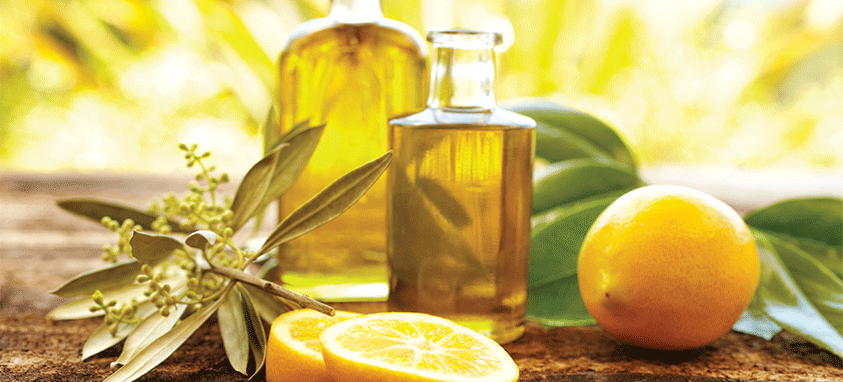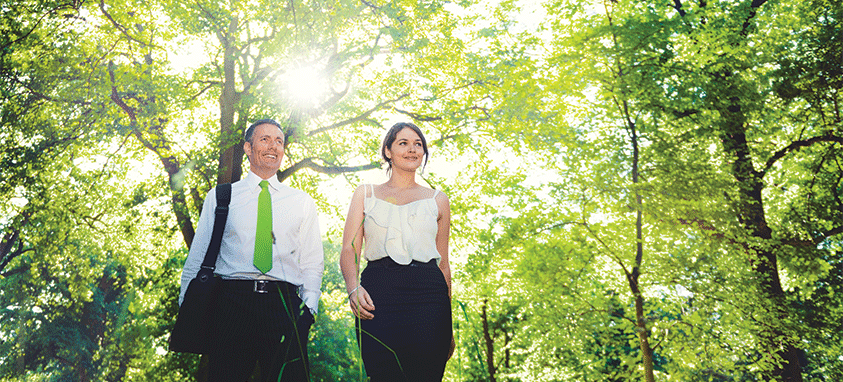Nature is a font of good health
The average American spends 93 percent of his or her time indoors (or inside a vehicle). How’s that working out for you? Slumped on the couch, do you feel blissfully relaxed while staring at your device or plasma-screen TV? Tweets are meant to disrupt, and even the cooking channels hype us up with tension-racked competitions.
There has to be a better way to unwind, and, of course, there is. It’s nothing new, yet in our over-stimulated, over-stressed world, it’s easily neglected.
“We all know how good being in nature can make us feel,” says Dr. Qing Li. “We have known it for centuries. The sounds of the forest, the scent of the trees, the sunlight playing through the leaves, the fresh, clean air—these things give us a sense of comfort. They ease our stress and worry, help us to relax and to think more clearly. Being in nature can restore our mood, give us back our energy and vitality, refresh and rejuvenate us.”
Li, who lives in Tokyo, is chairman of Japanese Society for Forest Medicine. And he is the world’s foremost advocate of shinrin-yoku, or forest bathing. You keep your clothes on. No soap is needed. Shinrin in Japanese means “forest,” and yoku means “bath.” Joined, the term connotes a bathing in of the forest atmosphere, or “taking in the forest through our senses,” as he puts it. His book on the subject, Forest Bathing: How Trees Can Help You Find Health and Happiness, was published this year.
Many first-timers—and groups—find it beneficial to forest bathe with a guide, who, as in a guided meditation, can focus your attention on slowing down and experiencing nature in exquisite sensory detail. Guides can become accredited by organizations such as Association of Nature & Forest Therapy, which is based in Santa Rosa, California.
Forest-bathing is a big deal in Japan, where there are 62 designated healing forests across the country, each with a particular healing feature. In some of them, a doctor will accompany you, or you can have your blood pressure monitored at cabins along the trail.
Connecting with nature in an unhurried, conscious way can yield huge benefits. Studies show it can lower heart rate and blood pressure, improve cardiovascular and metabolic health and boost the immune system. In one test, Li found that, after three days and two nights in the forest, so-called natural killer (NK) cells—white blood cells that attack viruses and tumors in the body—increased by 50 percent.
Even an hour of forest bathing can boost mental and physical well-being, and Japan is not alone in recognizing this. South Korea invested more than $14 million in a National Forest Therapy Centre, and New Zealand has long championed a “green prescription” that incorporates getting out into nature to address obesity, type 2 diabetes, high blood pressure and depression. Even in the United States there are no fewer than 150 park-prescription programs, in states from Alaska to Wisconsin, through which people can reap the health benefits of being outdoors in a natural environment. At the national level, the National ParkRx Initiative is dedicated to using nature and public lands to improve both individual and community health.
“Our species has experienced a staggering shift from having a deep relationship with the Earth to a reliance on technology, yet we are not healthier or happier for it,” says Jenny Harrow, a certified forest therapy guide based in Northern California. “In fact, studies purport that individuals who spend more time indoors than outside are more likely to suffer from depression and chronic disease.”
Go bathe with the trees.
Forest Bathing for Meetings

Standup paddleboard yoga and walking meditation have had their moments as group activities, so now it’s time to add forest bathing to your program. The website of Association of Nature & Forest Therapy offers a guide locator page on its website.
But, as forest bathing expert Dr. Qing Li notes, you can bring the forest into your meeting with essential oils. He especially loves hinoki, a species of cypress native to central Japan that has a light, woodsy aroma that is said to calm and relax.
“All the conifer essential oils will remind you of the peace and quiet of the forest and bring you the powerful effects of a forest bath,” he says.
He recommends using a diffuser filled with water and a few drops of oil.
“For a true Japanese forest-bathing experience,” he says, “you can buy Japanese essential-oil blends that contain white cypress, hinoki wood and leaf, rosemary, cedar wood, eucalyptus and pine.”




